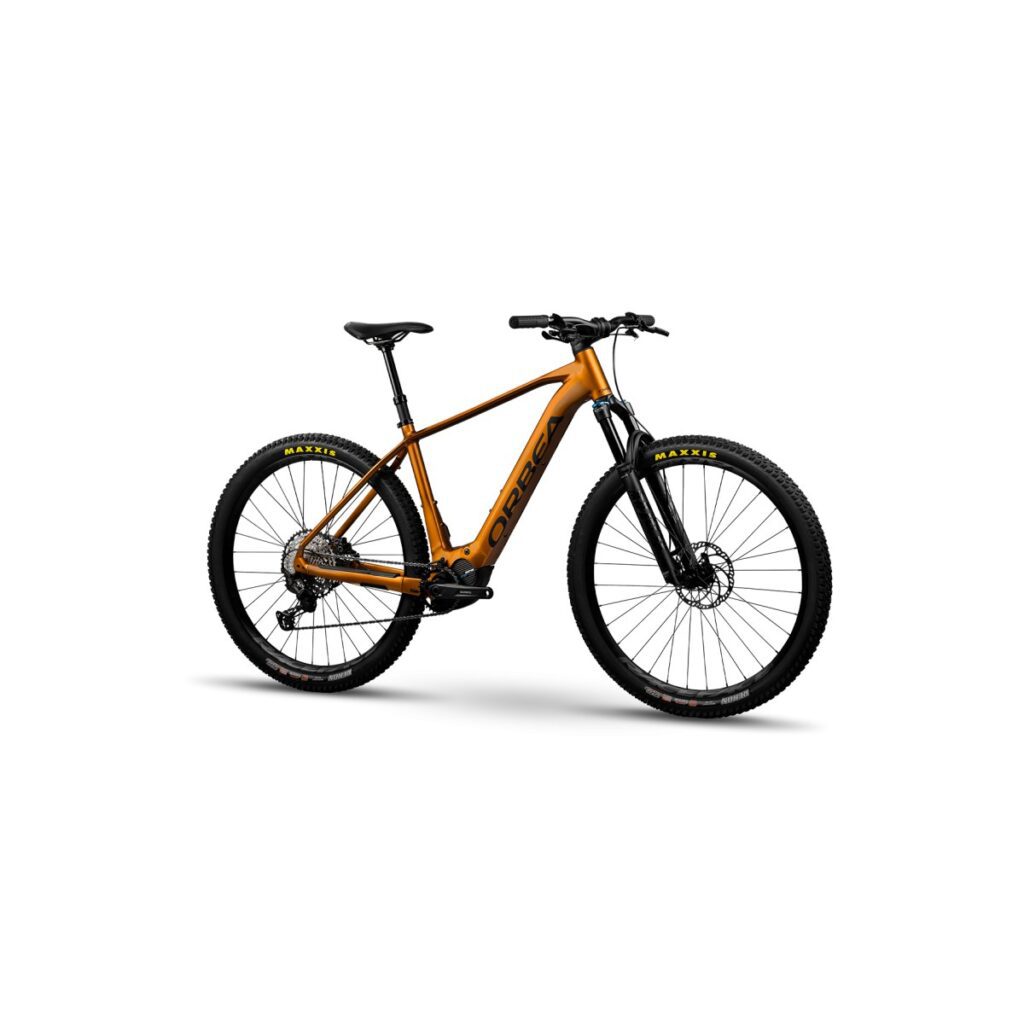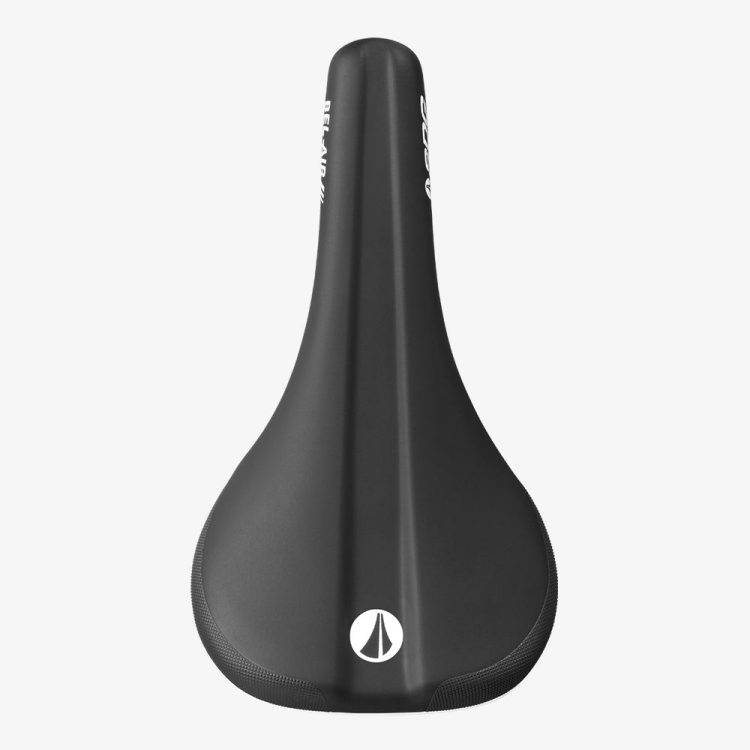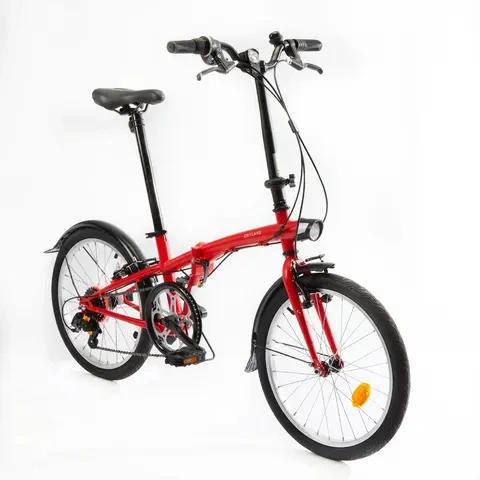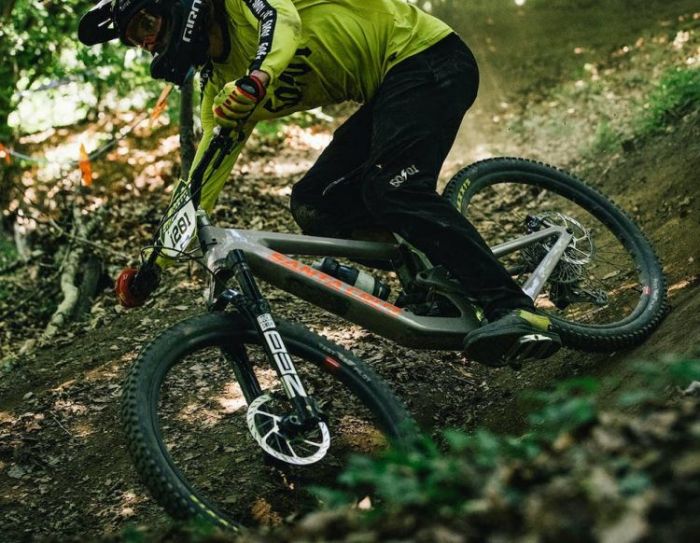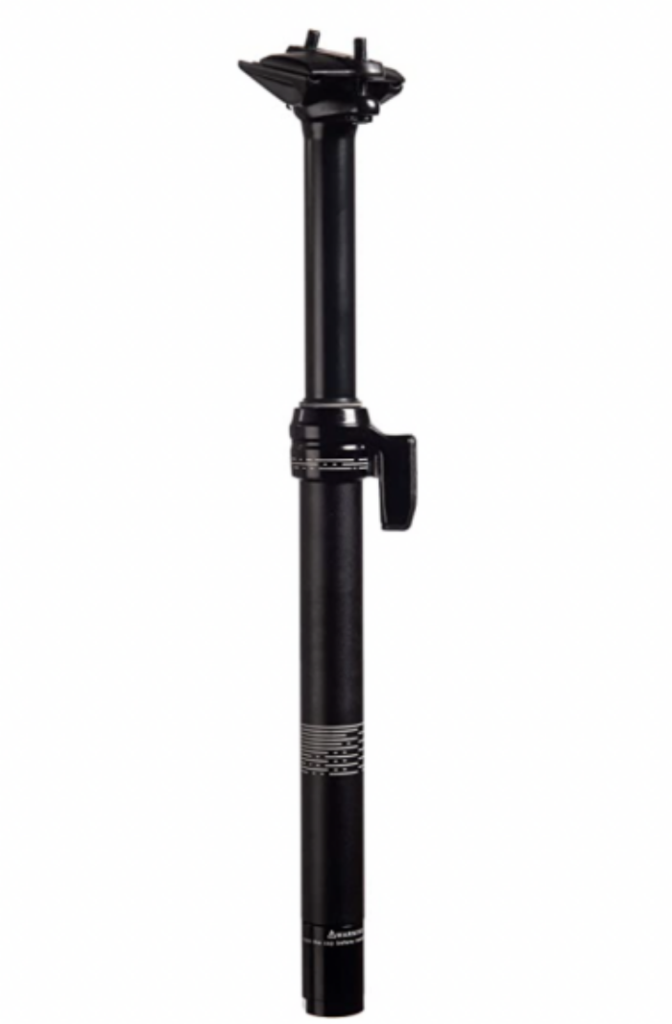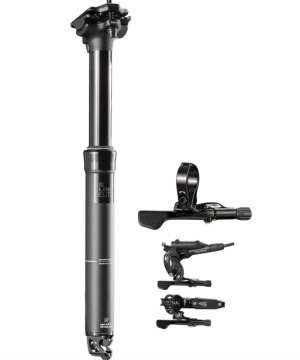Trek 920 Review
- Price: $2,099
- Frame: Aluminum
- Tires: 29″ Aluminum
- Gears: 2 x 10
What we like about it: It features drop bars and 29er mountain bike wheels, making it versatile for various riding surfaces, and it’s an adventure travel bike that can take you anywhere.
What we didn’t like about it: It doesn’t come with mudguards as standard, so riders will need to install them themselves.
Rating: (4.8/5)
.jpg)
The Trek 920 maintains balance and capability on any surface encountered during long-distance rides. It comes with both front and rear racks, boasting remarkable carrying capacity, so all you have to do is choose a location on the map and ride there.
Next, we will analyze the riding experience, key features, components, and specifications of this bike. In the latter part of this article, we have also selected a few bikes for comparison. If you want to learn more about bike reviews, feel free to follow us.
Riding Experience
The sturdy aluminum frame of the Trek 920, combined with reliable components and impressive load-bearing capacity, makes it an ideal choice for long-distance rides. I eagerly prepared my gear and attached it to the bike before planning a route to a distant suburban area. I also booked a hotel at my destination through IHG, and then I set off. The route for this ride covered approximately 200 kilometers and included some uphill and downhill sections, as well as unpaved roads.
Uphill and Downhill
.jpg)
While riding the Trek 920 uphill, the aluminum frame proved to be robust and efficient, offering a seamless transfer of power when pedaling. The bike felt exceptionally cohesive, resulting in a swift climbing speed.
The SRAM drivetrain components, with their wide range of speeds, provided me with additional gear options when the climb became more challenging. Combined with an excellent riding posture, I was able to conserve energy. This allowed for an efficient climbing speed, making it easy to conquer every ascent.
On downhill roads, I relied on momentum and didn’t need to pedal, achieving a rapid descent. The bike’s handling allowed me to navigate bends effectively during descents. The hydraulic disc brakes provided efficient braking power, even during extended downhill sections, and I could continuously apply the brakes with confidence.
Off-Road Riding
When riding on rough terrain, the comfort level of this bike is sufficient. Despite the absence of suspension design, the Bontrager XR1, 29×2.00″ tires are more robust than typical road bike tires. With the right tire pressure, I could absorb all vibrations on bumpy roads, resulting in a stable and comfortable ride.
Furthermore, the 29-inch mountain bike wheels are rugged and durable, with the advantage of excellent terrain clearance. On small potholed sections, I could simply ignore them and roll over with enhanced stability. The adequately wide tires also reduced the risk of punctures.
In summary, this road travel bike can handle all road conditions encountered during long rides. The riding posture is comfortable, and even after riding continuously for several hours, I did not experience discomfort.
Specifications
.jpg)
.jpg)
.jpg)
.jpg)
.jpg)
.jpg)
The Trek 920 is available in 6 frame sizes, accommodating riders with heights ranging from 5’1″ to 6’4″. It offers a wide range of suitability, making it almost suitable for riders of all heights. The aluminum frame is sturdy and durable.
Equipped with 29-inch mountain bike wheels and 2.2-inch off-road tires, it offers excellent terrain clearance and maintains stability on rough surfaces.
The SRAM drivetrain provides crisp and responsive gear changes, along with precise and reliable performance. The hydraulic disc brakes deliver powerful braking capability, enabling rapid speed reduction, even in challenging conditions.
Front and rear racks come standard, preparing riders for long-distance journeys and allowing them to carry more gear.
Video
What do we like about it?
- Comfortable geometry reduces fatigue during long-distance rides.
- SRAM drivetrain components offer crisp and responsive gear changes, durability, and reliability.
- Integrated racks designed for long-distance riding.
- 29-inch large wheels provide better terrain clearance and riding stability.
- Hydraulic disc brakes offer all-weather braking performance and reliability, even in challenging conditions.
- Wide off-road treaded tires not only absorb road vibrations and offer excellent traction but also reduce the risk of punctures.
What don’t we like about it?
-No fenders are designed to come standard, and riders who need them will have to install them themselves later.
- The lack of mudguards; riders will need to install them later.
FAQ
- How good are Trek bikes?
Trek road bikes are renowned for their exceptional manufacturing quality and durability. They have been tried and tested and have proven to be excellent for leisure cycling, ensuring you get a long-lasting bike.
- What kind of wheels does this bike use?
It uses Bontrager Duster Elite, Tubeless Ready 100x15mm thru-axle wheels.
- How do I choose the right size?
We provide a size chart for your reference. Of course, it’s not necessary to strictly follow this standard. The best way to find the right size is to test ride the bike.
| Rider height | SIZE |
| 5’1″ – 5’5″ | 49 |
| 5’3″ – 5’7″ | 52 |
| 5’5″ – 5’9″ | 54 |
| 5’8″ – 6’0″ | 56 |
| 5’10” – 6’2″ | 58 |
| 6’0″ – 6’4″ | 61 |
Specs
Build
| Frame | 100 Series Alpha aluminum, rack & fender mounts, 142x12mm thru axle, 73mm threaded bottom bracketBB Standard: BSA, 100mm, ThreadedTire Clearance: 2″Color: Matte Sandstorm |
| Fork | 920 alloy disc adventure, 15mm thru axle |
| Bottom Bracket | Sealed cartridge, GXP Type |
| Headset | FSA Integrated, sealed cartridge bearing, 1-1/8” |
| Stem | Size: 49, Bontrager Elite Basic, 31.8mm, Blendr compatible, 7 degree, 80mm length; Size: 52, Bontrager Elite Basic, 31.8mm, Blendr compatible, 7 degree Size: 54, 56, Bontrager Elite, 31.8mm, Blendr compatible, 7 degree, 100mm length; Size: 58, 61, Bontrager Elite, 31.8mm, Blendr compatible, 7 degree, 110mm length; Size: 58, 61, Bontrager Elite, 31.8mm, Blendr compatible, 7 degree, 110mm length |
| Handlebar | Bontrager Race VR-C, 31.8mm |
| Saddle | Bontrager Evoke |
| Seatpost | Bontrager alloy, 27.2mm, 12mm offset, 330mm length |
Groupset
| Rear Derailleur | SRAM GX, Type 2, long cage |
| Front Derailleur | SRAM X5, 34.9mm clamp |
| Crank | Size: 49, 52, 54, ProWheel forged alloy, 42/28, 2-piece, 170mm length; Size: 56, 58, 61, ProWheel forged alloy, 42/28, 2-piece, 175mm length |
| Shifters | Size: 49, 52, 54, 56, 58, 61, SRAM S700, 2-speed; Size: 49, 52, 54, 56, 58, 61, SRAM S700, 10 speed |
| Cassette | SRAM PG-1030, 11-36, 10 speed |
| Chain | KMC X10, 10 speed |
| Brakes | Hydraulic disc |
Wheels
| Rims | Bontrager Duster Elite, Tubeless Ready, 100x15mm thru axle |
| Tires | Bontrager XR1, 29×2.00” [p18] |
| Disk Rotors | Avid G2 Cleansweep, 160mm, 6-bolt |
Comparison Table
| Bikes | Click view | Wheelset | Frame Material | Brake Type | Drivetrain |
| Surly ECR | Click View | 27.5″ / 29″ Aluminum | Steel | Avid BB7 | 1 × 12 |
| Marin Four Corners Elite | Click View | 650b / 700c Aluminum | Steel | SRAM Apex 1 | 1 × 11 |
| Salsa Fargo Apex 1 | Click View | 29″ Aluminum | Steel | TRP Spyre-C | 1 × 11 |
| Salsa Marrakesh Sora | Click View | 700c Aluminum | Steel | TRP Spyre-C | 3 × 9 |
Trek 920 vs. Surly ECR
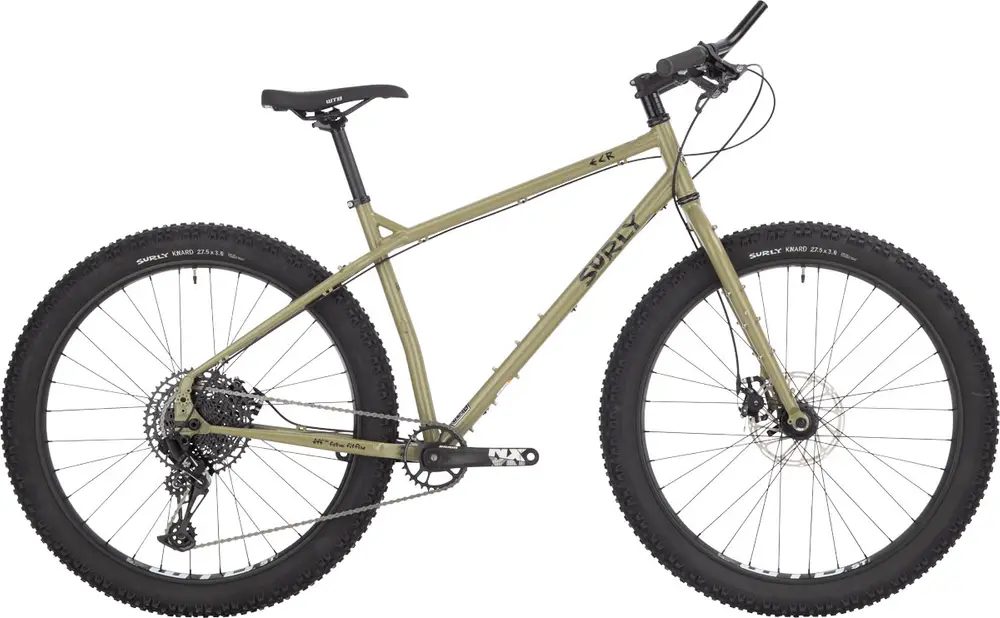
The aluminum frame of the first one is lighter in weight compared to the steel frame of the second one. However, the steel frame of the latter has better shock-absorbing capabilities.
In terms of drivetrain components, both bikes use SRAM components. The first one is equipped with a 2×10-speed system, which is more suitable for long-distance road cycling, offering a wider range of speeds to choose from. On the other hand, the second one features a 1×12-speed setup, making gear shifting simpler and helping to maintain better focus during the ride.
When it comes to the braking system, the hydraulic disc brakes on the first bike provide a lighter feel in brake operation compared to the mechanical disc brakes on the second bike. Moreover, after prolonged use, hydraulic disc brakes tend to offer more reliable braking performance than mechanical disc brakes.
All in all, between these two bikes, I would prefer the Trek 920. The integrated rack design is also a feature I particularly like about this bike.
Trek 920 vs. Marin Four Corners Elite
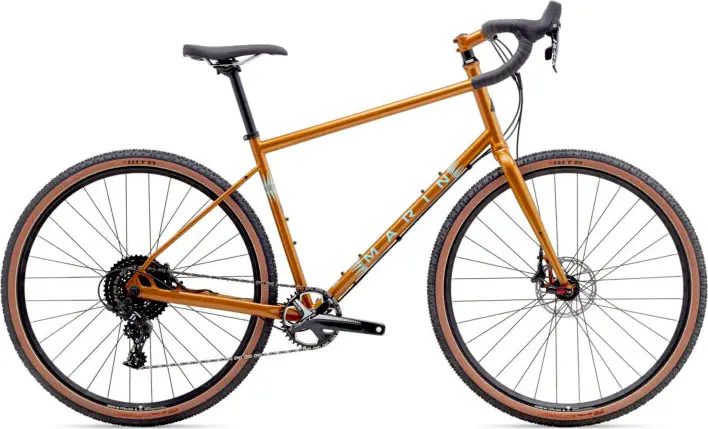
They are both drop-bar road touring bikes. However, the first one has a lighter aluminum frame, while the second one offers a more comfortable riding experience with its steel frame.
Furthermore, the first bike comes with an integrated rack, providing better long-distance loading capacity. On the other hand, the second bike requires the rider to install a rack, which is a less user-friendly design.
In terms of drivetrain components, the first bike offers a wider range of speeds, making road cycling more effortless. The second bike features a 1×11-speed setup, which simplifies gear shifting and allows for better focus during the ride, especially during uphill cycling.
In conclusion, between these two road-touring bikes, I would prefer the Trek 920. Firstly, it has a more appealing appearance, and its superior long-distance riding capabilities are what I appreciate the most.
Learn More: Is Marin Four Corners A Good Choice? -[Marin Four Corners Review]
Trek 920 vs. Salsa Fargo Apex 1
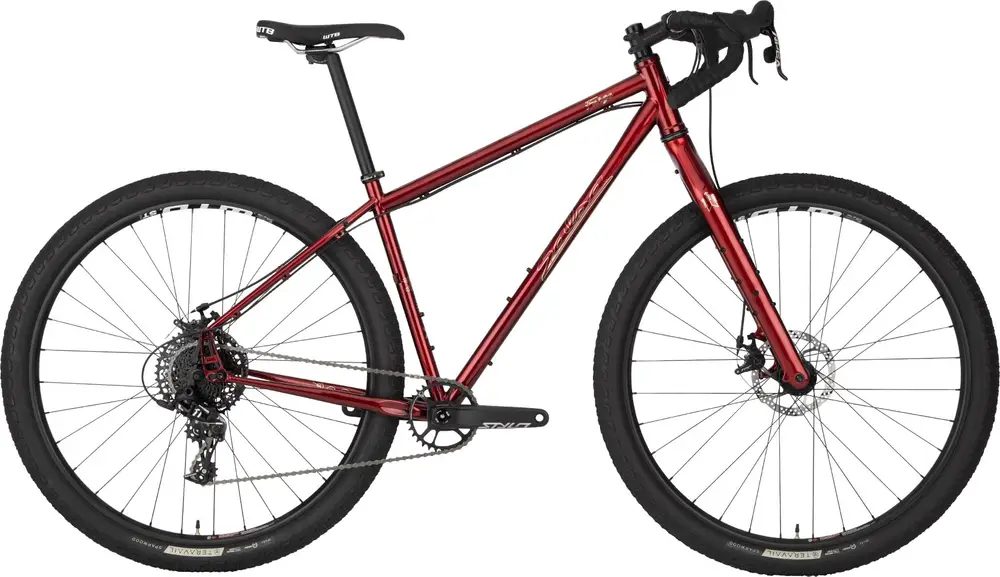
In terms of geometry, the first bike offers a more aggressive riding position, resulting in higher speeds. On the other hand, the geometry of the second bike enhances its maneuverability, providing better handling.
Furthermore, the steel frame on the second bike absorbs road vibrations, improving the overall comfort of the ride. However, the first bike’s aluminum frame is lighter in weight.
Both bikes feature reliable SRAM drivetrain components, offering crisp and responsive gear changes. Regarding the braking system, the first bike’s hydraulic disc brakes outperform the mechanical disc brakes on the second bike, delivering stronger braking power. Even after extended use, the hydraulic disc brakes remain reliable.
So, between these two road-touring bikes, the Trek 920 would still be my top choice.
Learn More: Is Salsa Fargo Apex 1 Worth Buying? [Salsa Fargo Apex 1 Review]
Trek 920 vs. Salsa Marrakesh Sora
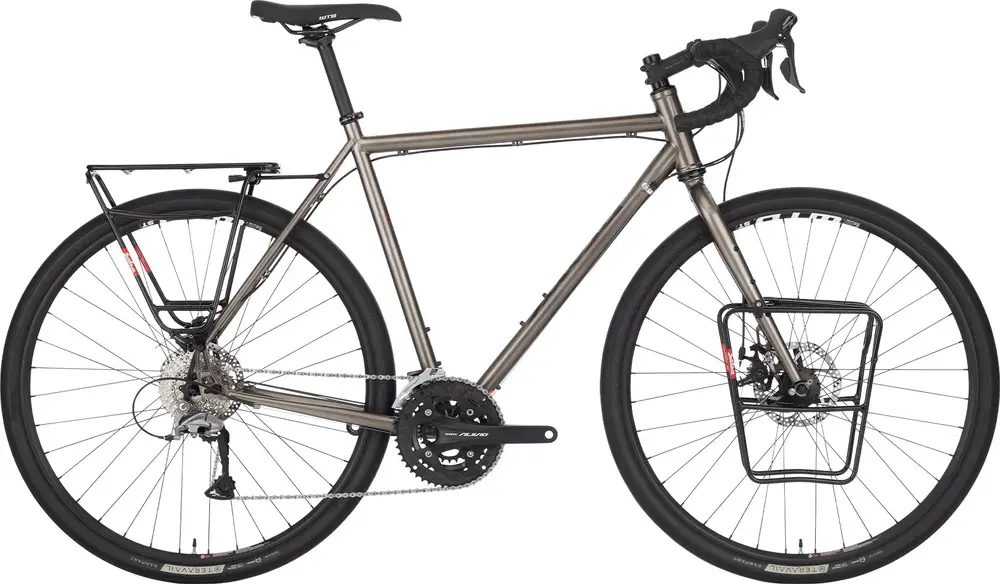
Both of them come with a built-in cargo rack design, making them suitable for long-distance rides right out of the box. In terms of frame material, the first one has a lighter aluminum frame, which allows riders to conserve more energy during their journeys. The second bike, with its steel frame, excels at shock absorption, providing better comfort on bumpy roads.
Moving on to the drivetrain components, the first bike features SRAM components that offer crisp and responsive gear changes. The second bike, equipped with Shimano components, delivers smoother and more refined gear shifting. However, the components on the first bike are of a higher grade, offering better performance.
When it comes to the braking system, the hydraulic disc brakes on the first bike are more reliable than the mechanical disc brakes on the second bike. Especially after extended use, the hydraulic disc brakes continue to provide dependable performance.
So, between these two road touring bikes, I would prefer the more reliable Trek 920.
Learn More: Is Salsa Marrakesh Alivio Worth Buying? – [Salsa Marrakesh Alivio Review]
Summary
Above is my review of the Trek 920. In our opinion, it’s a durable road touring bike that can help riders reach any destination they desire. That’s why we’ve given it a rating of 4.8.
Of course, if you’d like to explore other road touring bikes, we regularly review a wide range of bikes across different price points, all of which are quite fascinating. Feel free to check out our other reviews.
Finally, if you enjoy our content, please consider sharing it with your friends. If our content has been helpful to you, you can click on the email subscription button below. Thank you for your support!

